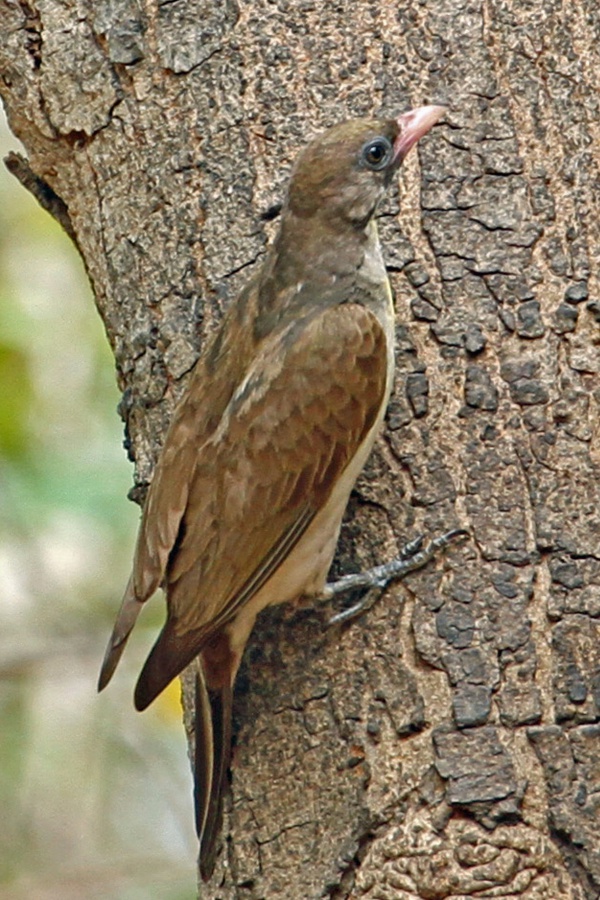Facts About Greater honeyguide
The greater honeyguide is a captivating bird from the Indicatoridae family, native to sub-Saharan Africa. What makes this bird particularly intriguing is its unique behavior of guiding humans to bee colonies, thereby aiding them in finding honey.
Measuring approximately 20 cm in length, the greater honeyguide features distinctive tail markings, making it easily recognizable. Its diet primarily consists of bee-related items such as eggs, larvae, pupae, and beeswax. This guiding behavior is not merely anecdotal; studies have demonstrated that indigenous hunters can significantly reduce their search time for honey by following a honeyguide.
The relationship between the greater honeyguide and humans is quite remarkable. The bird directs people to bee nests, expecting to be rewarded with honey in return. There is even a tradition that advises followers to offer the honeyguide some honey, cautioning that failure to do so may result in the bird leading them to dangerous animals as a form of retribution.
There are also anecdotes about honeyguides assisting animals like honey badgers and baboons in locating bee nests, although scientific evidence for this is still lacking.
In addition to its bee-centric diet, the greater honeyguide also consumes flying insects, termites, and small bird eggs. Another fascinating aspect of this bird is its reproductive strategy. It is a brood parasite, meaning it lays its eggs in the nests of other bird species. The honeyguide chick is known for eliminating the host's young to ensure its own survival.

 Ivory Coast
Ivory Coast